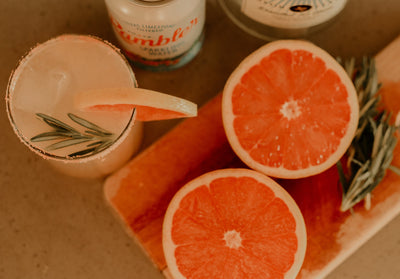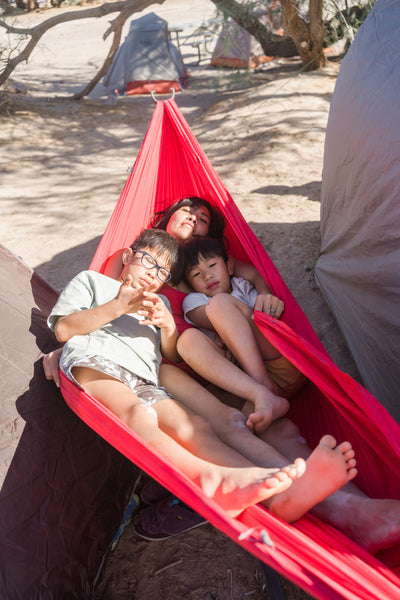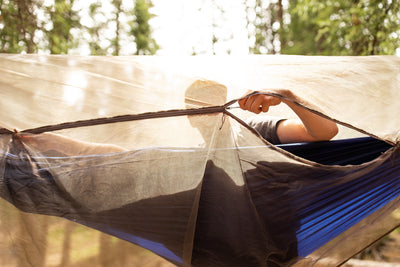Transformation through Outdoor Spaces: Art Hurtado
Our outdoor community is built on seeking adventure. Sometimes this means spending time in harsh weather conditions and challenging ourselves physically, while other times it means having difficult conversations and changing our perspective. In this three-part series, we'll be sharing the stories of individuals redefining what it means to be outside.
Written by Luisa Vargas.
As the chief of the Cameron County Beach Patrol, Art Hurtado is no stranger to being outside. In addition to recent ultrarunning achievements, he spends his time encouraging people to spend time outdoors.

Art at Lower Falls in Yellowstone National Park, September 2020
In pre-pandemic times, Art hosted weekly, open-invitation runs in Brownsville, Texas. He also started the only ocean aquathon in Texas in addition to creating one of the first swim clubs in Texas with the goal of making ocean swimming accessible to all.
“It might be intimidating, but with the proper education and training, you’d be able to read the ocean too, and it would make it accessible to anyone,” Art says.
Having grown up in the Rio Grande Valley, Art tells us it’s common for kids to grow up without the opportunity to spend their free time exploring nature. He started seeking adventures later in life because connecting with the outdoors wasn’t something his parents prioritized. Like many people in this area, Art’s parents grew up in poverty, and he explains that when you’re in that situation, your time is not spent finding ways to travel.
“I think a lot of this culture comes from other people, from your parents, someone has to take you [out into nature],” Art says.
We all carry both the weight of our parent’s struggles as well as benefiting from their privilege, and for this reason, we continue to see many of the social inequalities that are passed down over time.
“My parents worked up from their poverty to lift me up, so I have the option to go to more places,” Art says.
The generational progress means that creating equitable outdoor recreation will take time, but Art knows that like his parents, he has a role to play in this. We all do. His parents paved the way for him to have the opportunities that led him to spend his life outdoors, and he is working to do the same for others.

Art in Palo Duro Canyon, October 2020
Art has become a mentor in the community by providing people with guidance on places to go and how to get outside safely. Working for the beach patrol provides him with plenty of willing volunteers to facilitate events that encourage people to swim and run.
Even though there are many ways to spend time outside that don’t require extensive travel, it’s difficult to adventure because places like Brownsville are far away from parks and other cities with more recreational areas. The closest major city, San Antonio, is at least 5 hours away.
Similar to my conversation with Rocio, Art explains that finding safe and welcoming outdoor spaces close to home is crucial to getting more diverse groups of people outside.
“Brownsville’s park department has done wonders for the community in the past 7 years. They’ve poured money into developing trail systems—it’s shined through,” Art says.
He is hopeful because he sees things are changing. Especially during COVID, local governments are expanding trail and park systems. Since there is access to green spaces closer to home, people are beginning to explore more.

Isla Blanca Park located on South Padre Island, August 2019
The layers of inequality in outdoor spaces span generations. However, it’s people like Art who focus on the things they can control who end up shaping their communities and ultimately, the system. If we each focus on encouraging and helping one person to spend more meaningful time outdoors, think of all the lives that would be transformed.
Art’s story is a reminder that education and systemic change are the driving force of creating equitable outdoor spaces, but it’s individuals who ignite the movement.
Today, I challenge you to elevate time outside for someone in your community. Share your favorite local park with a friend, lend a family member your Kammok gear, show a stranger on the trail your favorite overlook. Here are some other ideas on ways to give adventure:
Organizations and companies supporting diversity in the outdoors:




